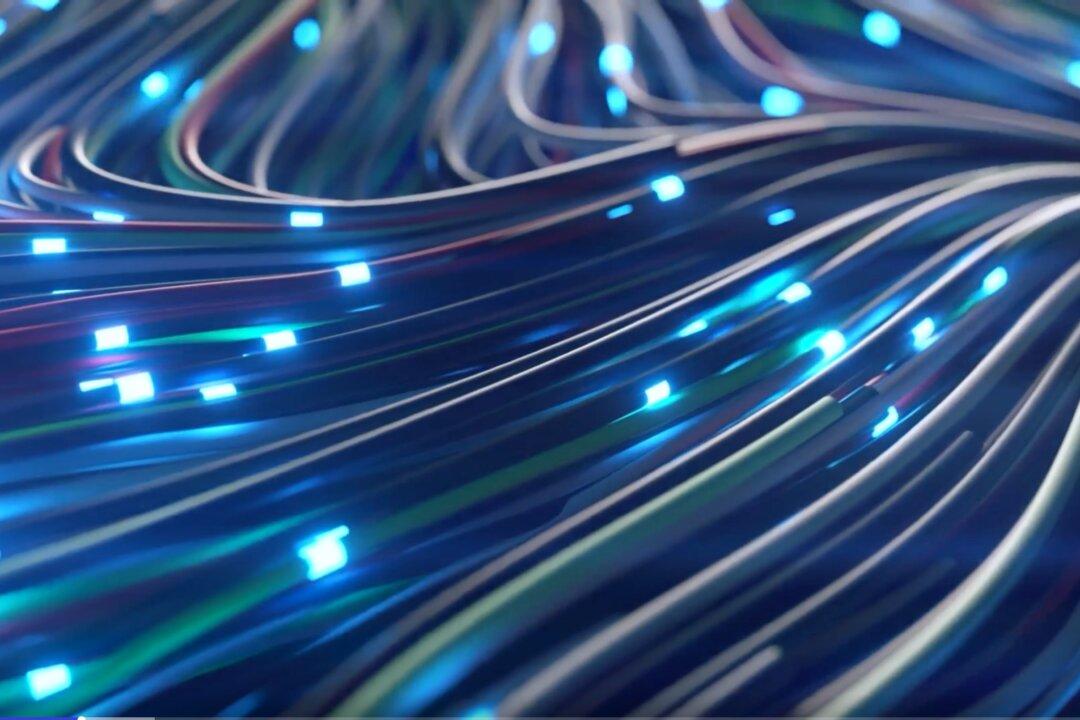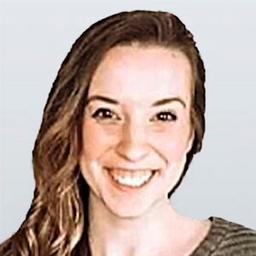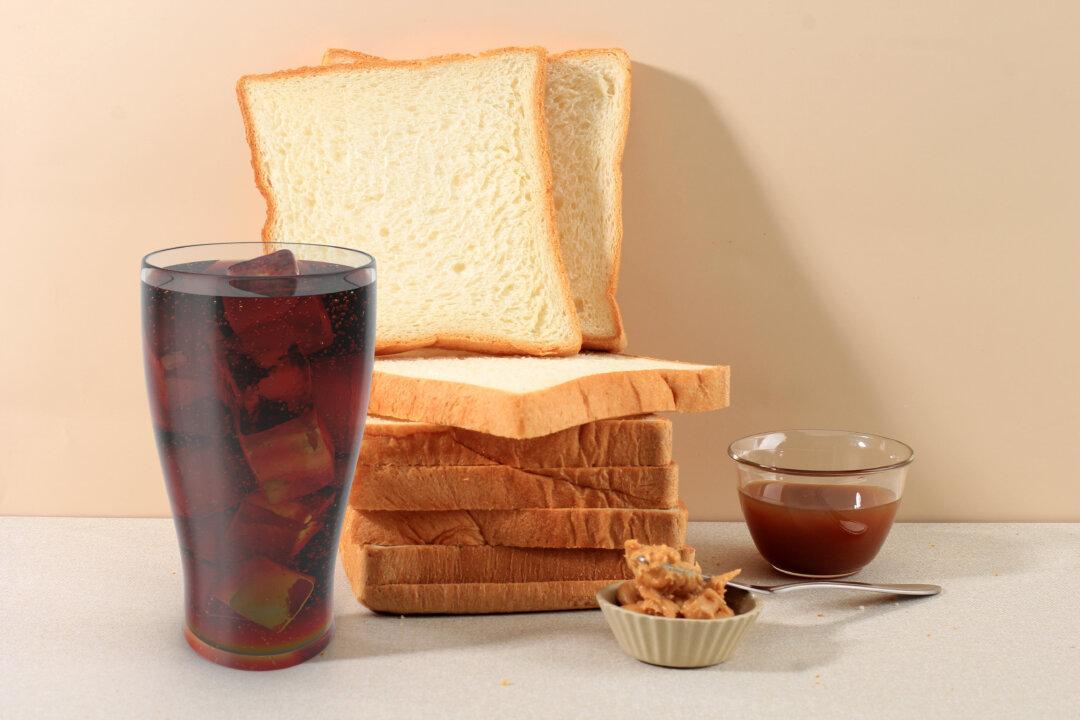Commentary
Health can easily be taken for granted. On the other hand, when our health deteriorates, many think there’s nothing that can be done, particularly for serious conditions like Alzheimer’s. However, due to an exciting new medical discovery, that may be changing.





